- Startup Spells 🪄
- Posts
- The $10B Power of Meme Marketing: Inside Oatly’s Viral Brand Playbook
The $10B Power of Meme Marketing: Inside Oatly’s Viral Brand Playbook
PLUS: After 147 failed ChatGPT prompts, I had a breakdown and accidentally discovered something
The $10B Power of Meme Marketing: Inside Oatly’s Viral Brand Playbook
In 2020, Oat Milk stopped being just a plant-based alternative and started becoming a cultural statement.
Oatly, the Swedish oat milk brand, didn't just advertise a product—it flipped the script on what food marketing could look like. At a time when the pandemic flooded social feeds with sameness, Oatly stood out with weird, witty, and sometimes controversial messaging that made people stop scrolling.
This breakdown dives into how Oatly outmaneuvered brands like Silk and Almond Breeze using irreverent branding, meme-worthy videos, sharp psychological insight—and a fearless creative team behind it all.
The Pandemic Supercharged a Plant-Based Movement Already in Motion
Plant-based diets had been growing for years, but the pandemic amplified everything. From 2012 to 2020, plant-based food sales in the U.S. grew steadily, fueled by consumer concern over health, climate, and sustainability.
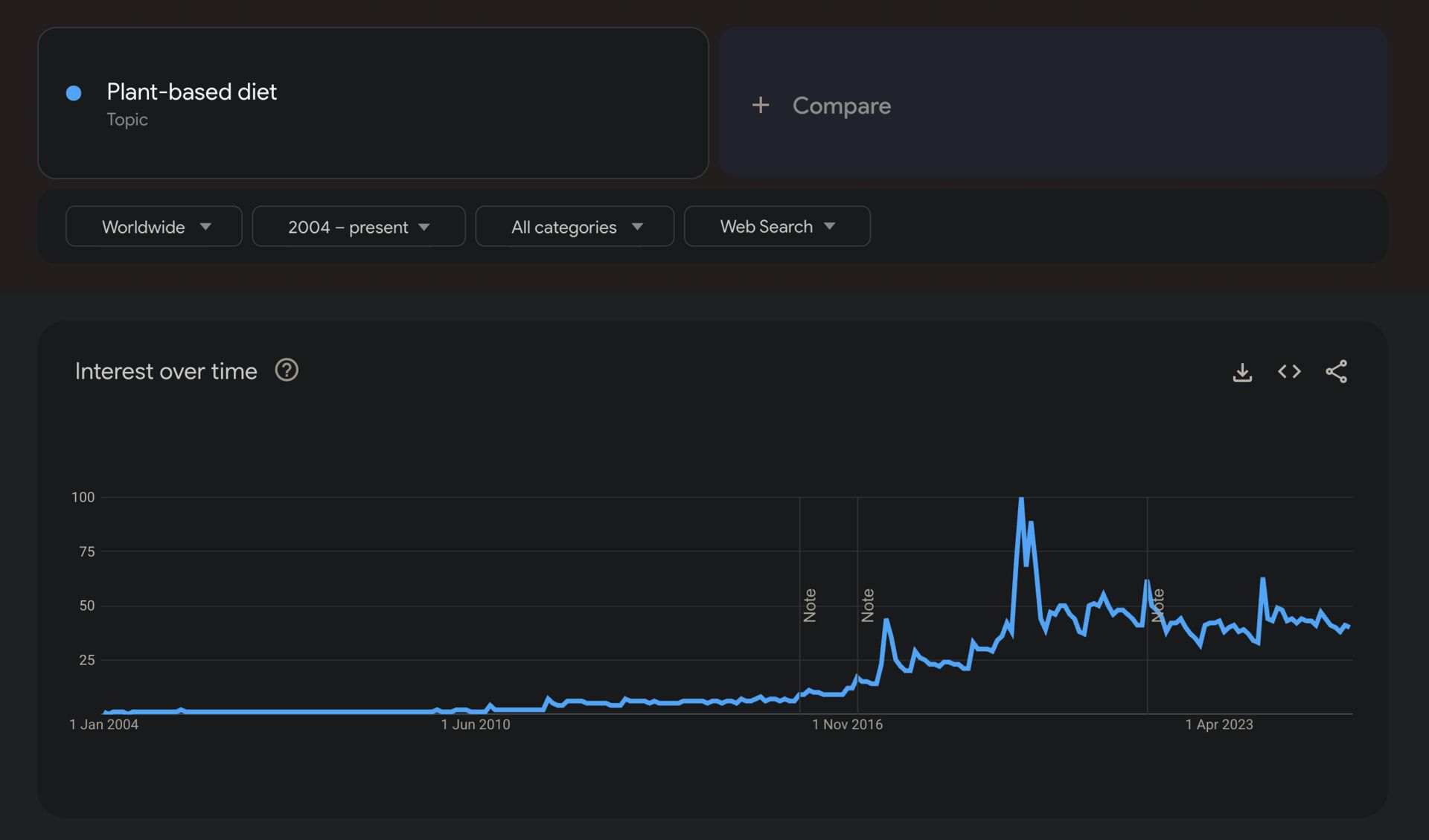
Plant-based diet - Google Trends
By 2020, per capita milk consumption had dropped nearly 47% since the 1970s, while 44% of U.S. households were buying non-dairy milk. Lockdowns gave consumers time to experiment with alternatives, and oat milk became the breakout star—especially for coffee drinkers.
Oatly didn’t ride the trend quietly. It redefined the rules of the category through marketing that didn’t look like marketing at all.
The Rebellious Backbone: Inside Oatly's Creative Machine
Much of Oatly’s unorthodox genius can be traced back to one man: John Schoolcraft, Oatly’s Chief Creative Officer.
His first move after joining the company wasn’t to build out a standard marketing department. It was to dismantle it entirely. Instead of chasing ad awards or building bloated teams, John formed a tight, nimble in-house squad that would eventually be called "The Oatly Department of Mind Control."
This team doesn’t wait for briefs, nor do they rely on layers of approvals. They sit in on every departmental meeting—from product development to supply chain—and execute ideas directly. The goal: fewer slides, more output.
John Schoolcraft, a former agency copywriter and creative director, had always been frustrated by marketing directors diluting his best work. So he eliminated the need for one.
He claimed that Oatly only has one strategic document internally. Whether that’s literally true or just part of the mythology, the point is clear: Oatly operates more like a counterculture magazine than a traditional CPG brand.
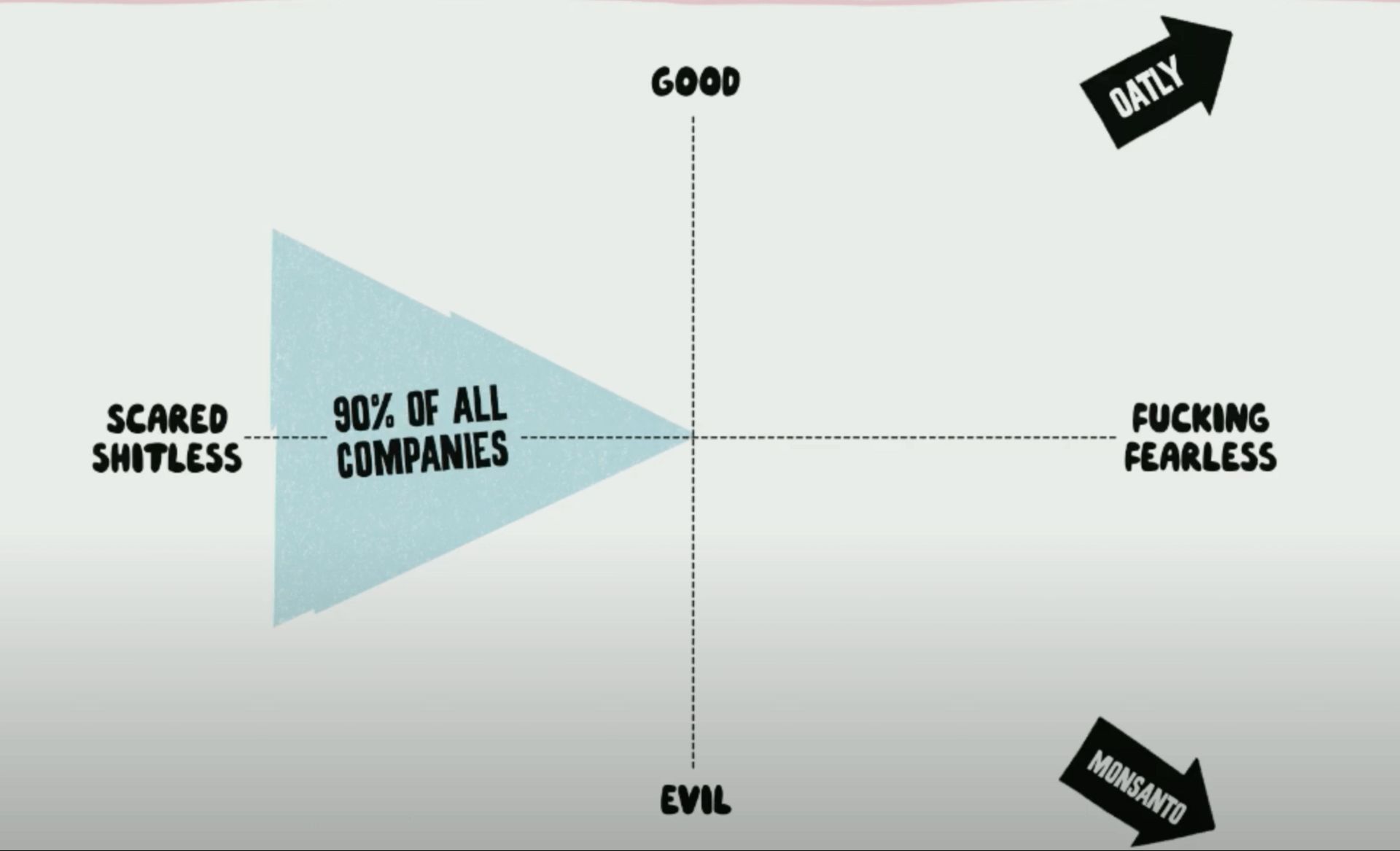
Oatly Strategic Philosophy
And it shows everywhere—from the brand voice to the product design to their street-level ads. This team writes everything, designs everything, and approves everything. No external agencies. No boardroom second-guessing.
Take the packaging transformation as an example. When Schoolcraft joined, the chocolate oat milk box were probably the ugliest branding in history.
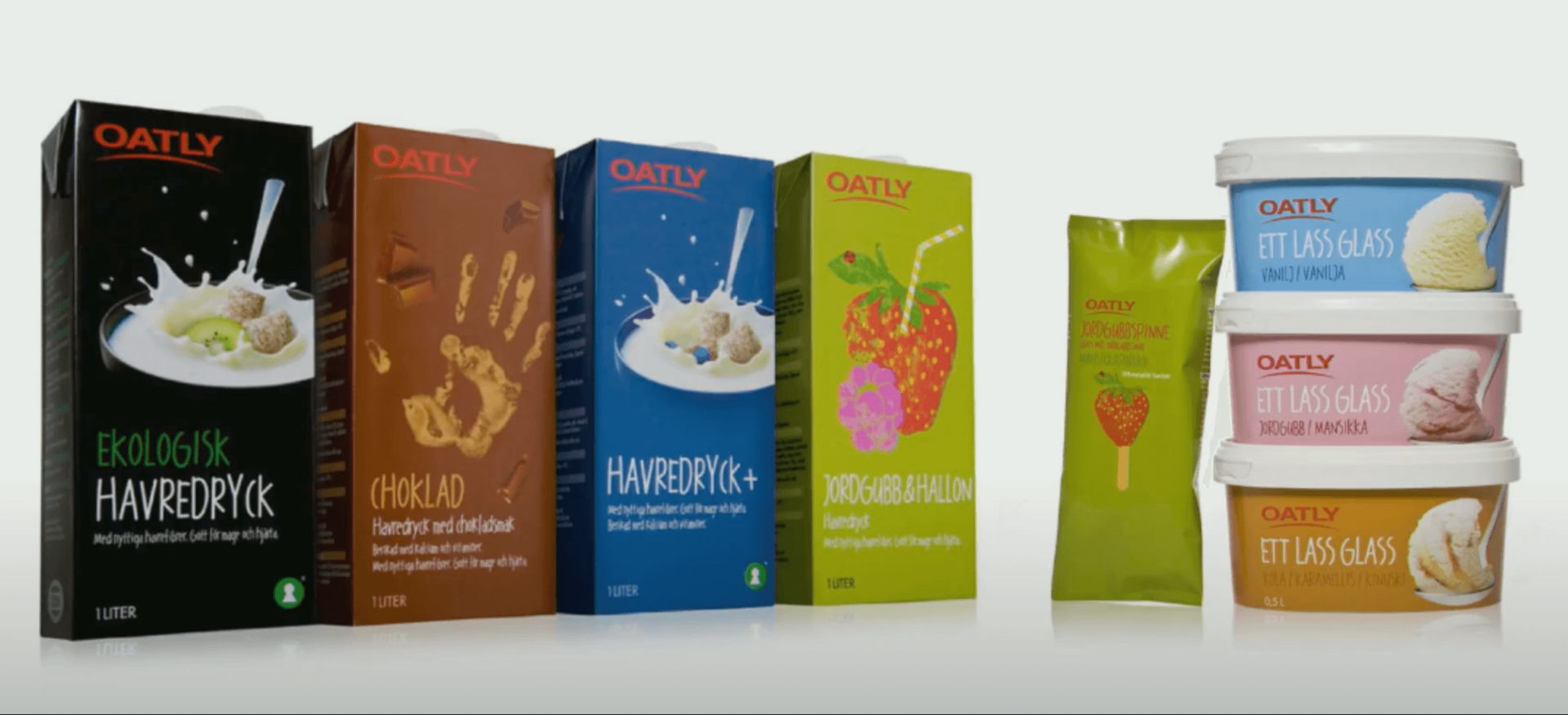
Oatly Old Branding
The new aesthetic—bold fonts, irreverent copy, and hand-drawn illustrations—was entirely done in-house.
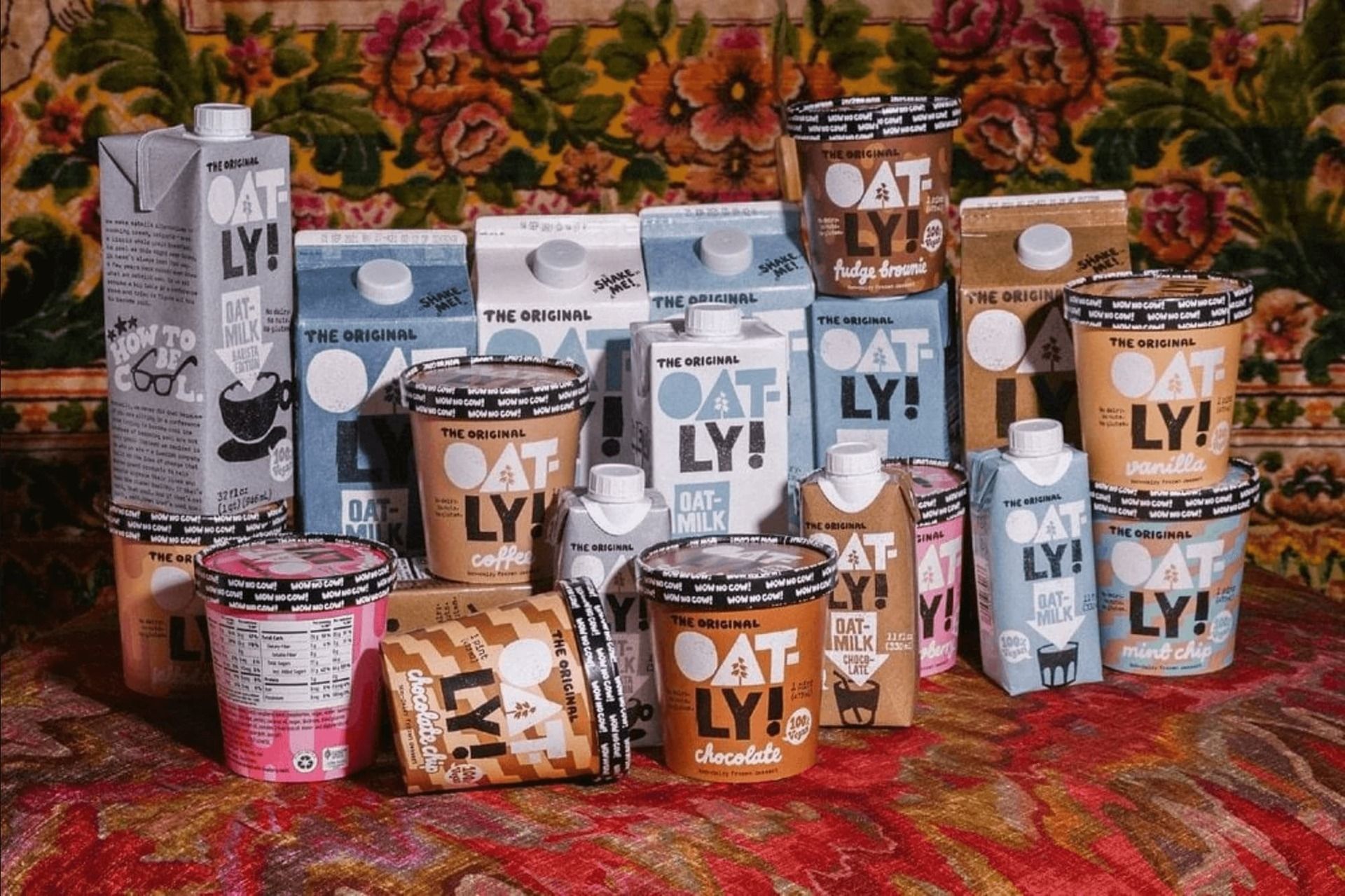
Oatly New Branding
Every carton now speaks in a human voice. They don’t shy away from giving opinions. Some lines are deeply sarcastic. Others are philosophical. All of them are unmistakably Oatly.
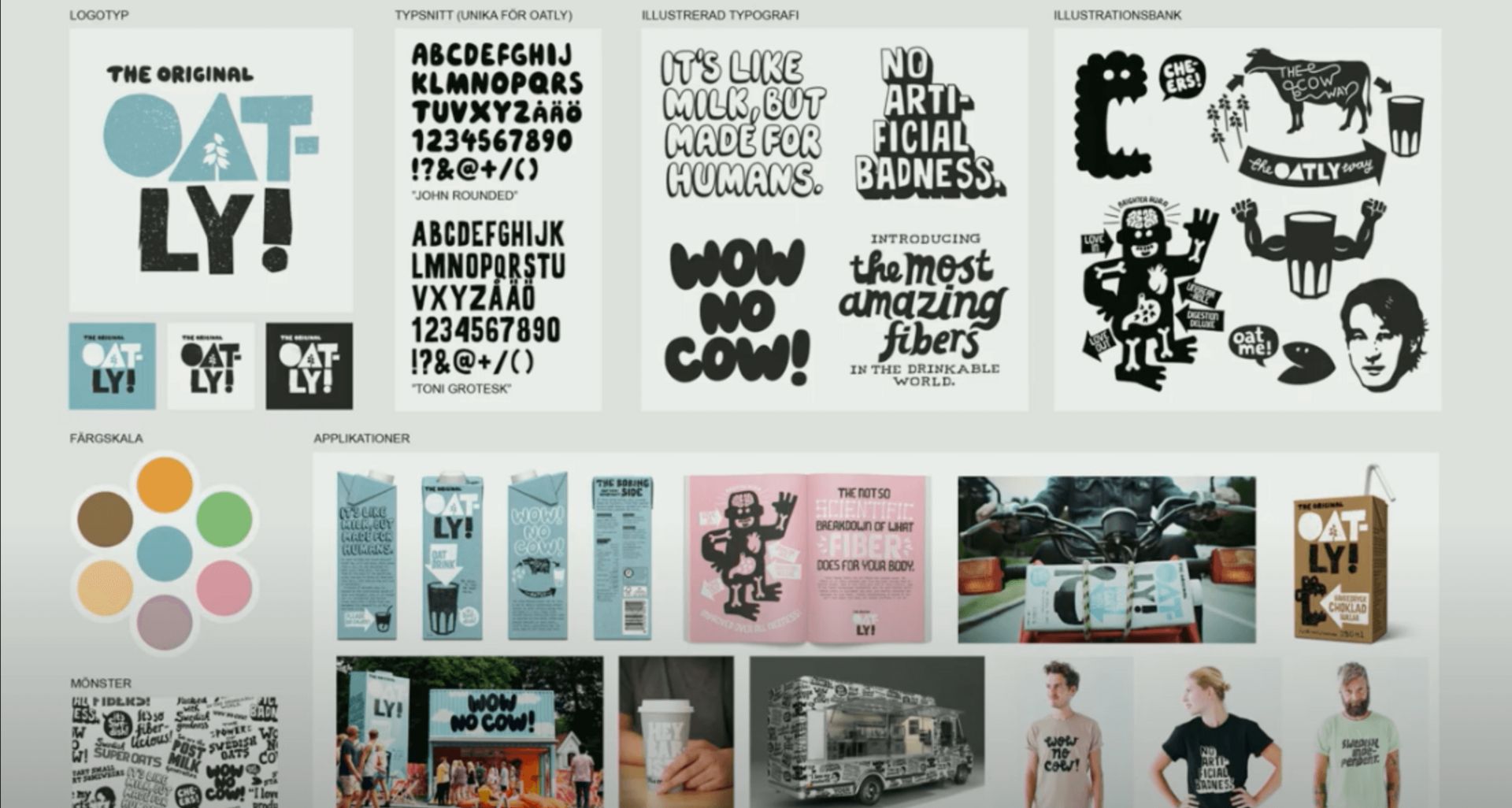
Oatly Brand
The most famous of those opinions eventually became their tagline: "It’s like milk, but made for humans." And that line didn’t just attract attention—it got them sued.
When the Dairy Lobby Sued, Oatly Published the Lawsuit
In 2015, the Swedish dairy lobby—an industry group representing companies with 200x the revenue of Oatly—filed a 174-page lawsuit against the brand.
Their argument was that Oatly’s messaging made traditional milk seem outdated and inferior. Most companies in that position would quietly cave. Not Oatly.
They published the full lawsuit and ran full-page ads in Swedish newspapers to showcase the absurdity of the attack. They turned the legal threat into their boldest marketing campaign yet.
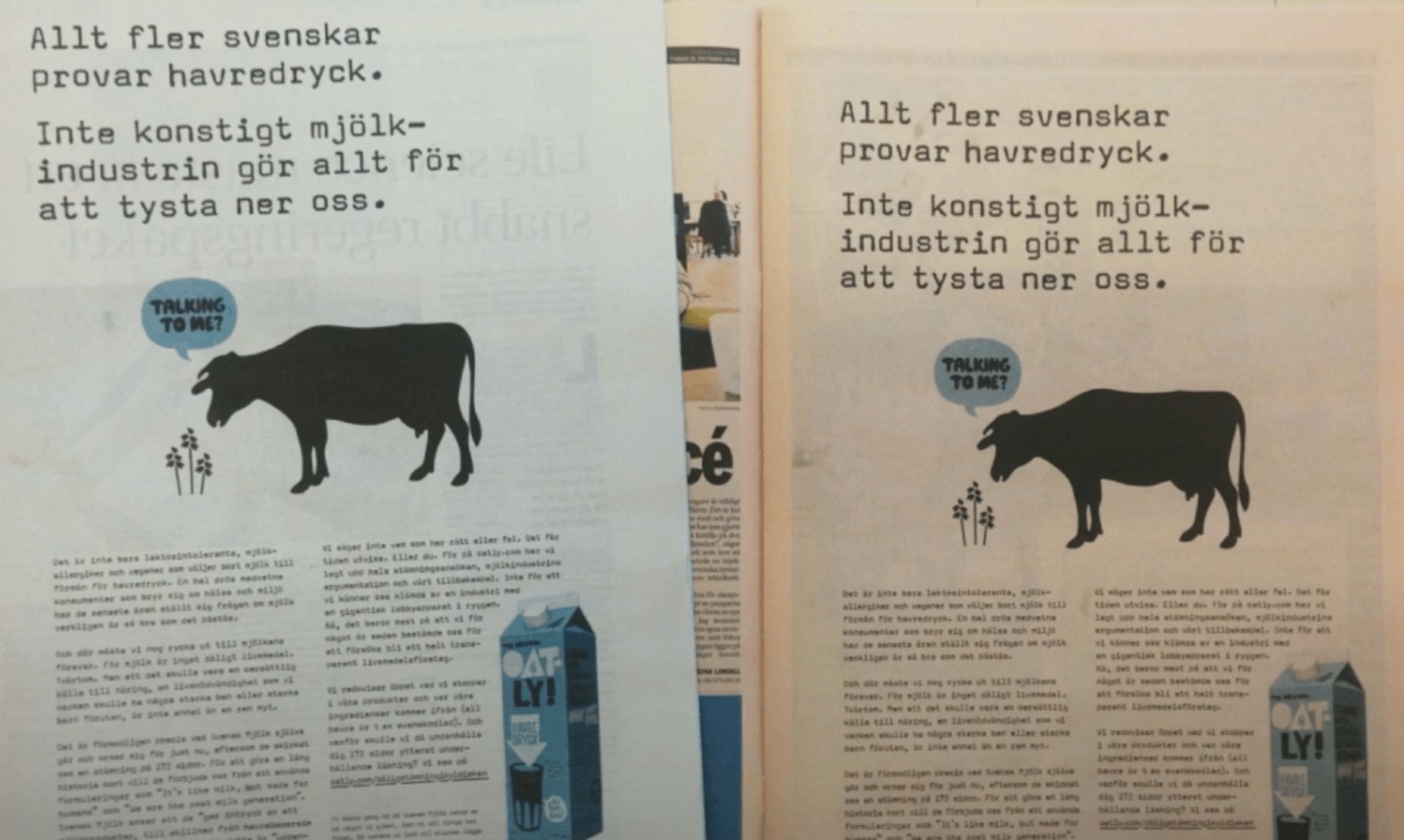
Oatly Lawsuit Response
Literal translation: More and more Swedes are trying oat drink. No wonder the milk industry is doing everything to silence us.
The campaign turned heads. But more importantly, it turned a lawsuit into a cultural moment. From that point forward, Oatly leaned even harder into its anti-establishment persona.
They even created a website—fckoatly.com—a living archive of every major piece of backlash, critique, boycott, or scandal they’ve faced.
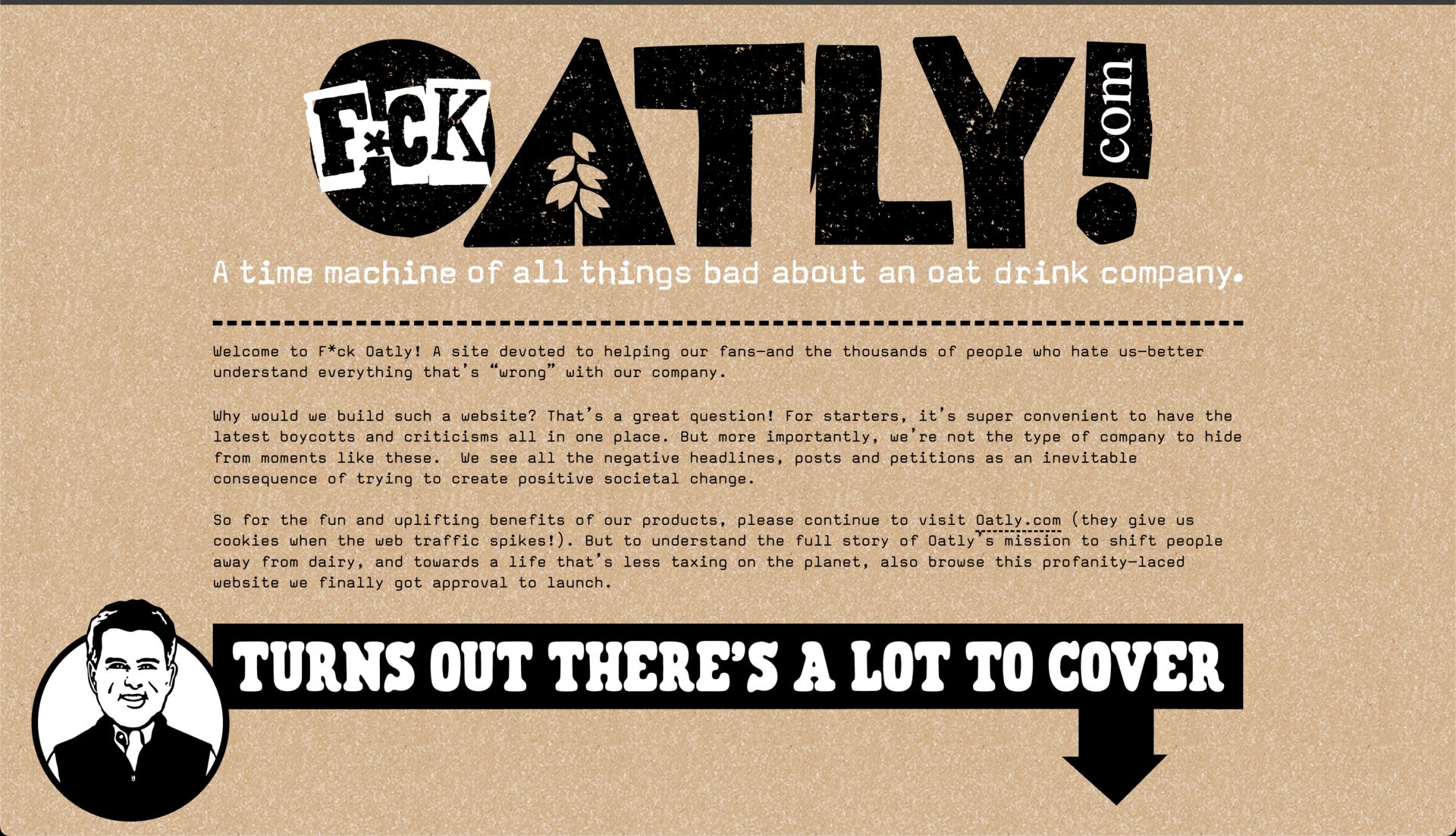
Oatly Fck Oatly Website
As the homepage puts it, "a time machine of all things bad about an oat drink company."
It’s not just good damage control. It’s a masterclass in transparency-driven branding. And when CEO Toni Petersson himself became part of the creative, singing off-key in the now-iconic “Wow No Cow” video, the line between marketing stunt and artistic statement blurred entirely.
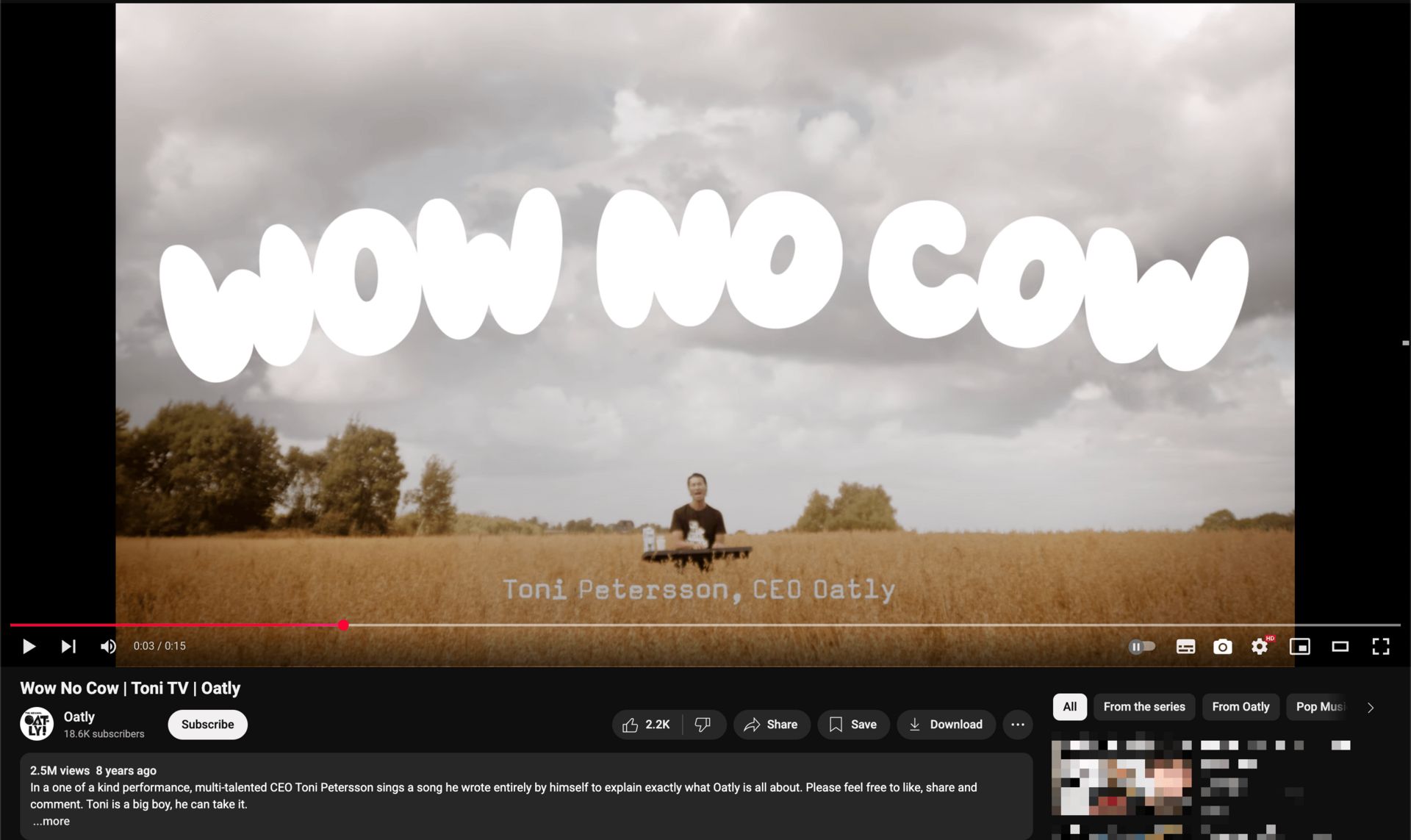
Oatly Wow No Cow Ad
The result is a brand so fearless it plotted its rise in full public view—even when the headlines weren’t flattering.
"Milk, But Made for Humans"—A Tagline That Punched Above Its Weight
Oatly's signature slogan wasn’t just catchy—it was an ideological jab at the dairy industry. It was so provocative it got banned in Sweden, and yet became the cornerstone of their messaging.
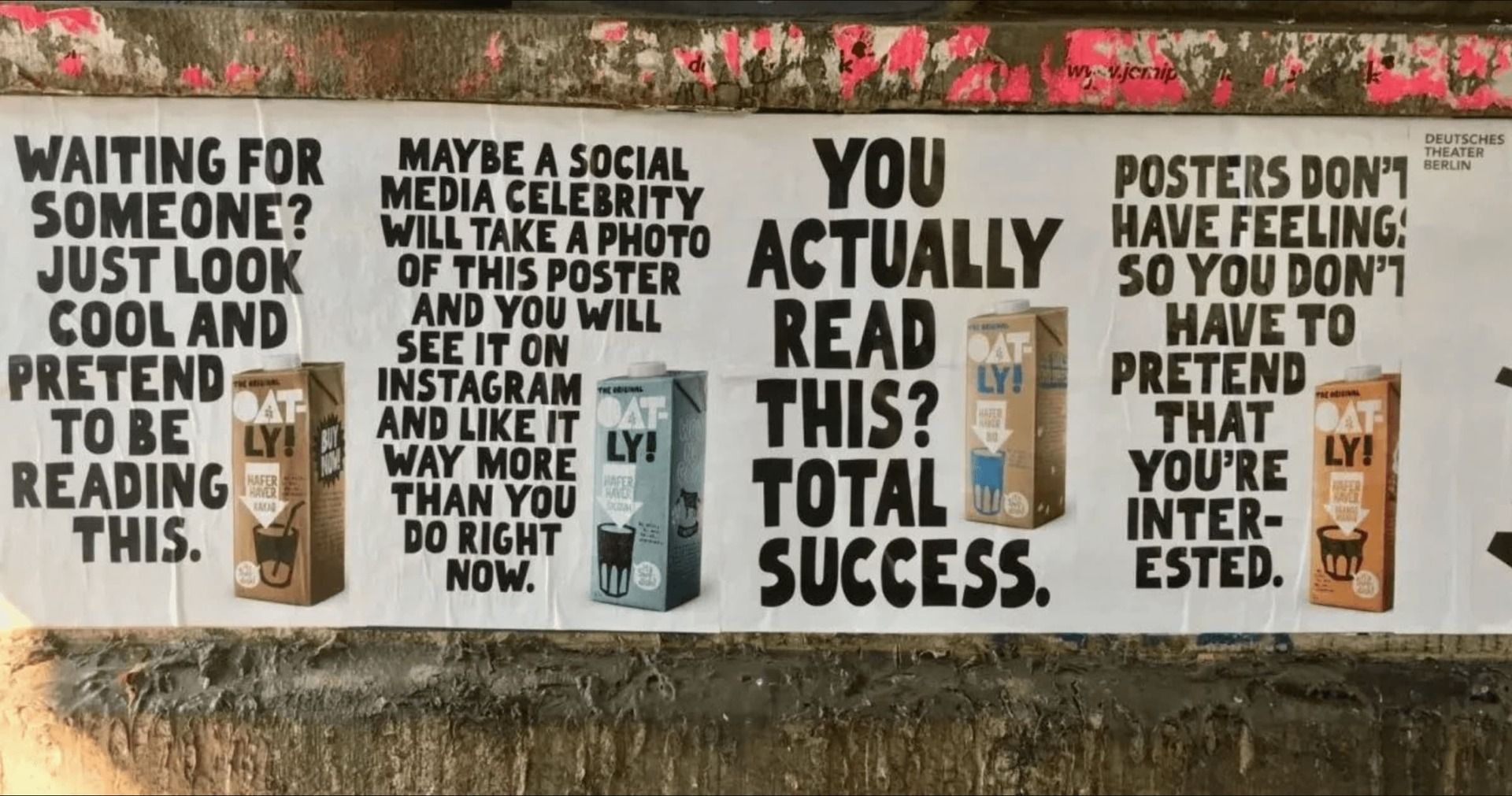
Oatly Saracastic Tone
The tone was consistently sarcastic, casual, and self-aware. From side-panel monologues on cartons to ironic, anti-marketing billboards, every touchpoint was written with a wink.
Even backlash became a marketing asset.
How Oatly Turned Instagram Into Its Best Billboard
Instead of polished, branded posts, Oatly’s social feeds in 2020 felt spontaneous and lo-fi. Instagram and Facebook were flooded with meme-like visuals, quirky illustrations, and mock ads about their own ads.
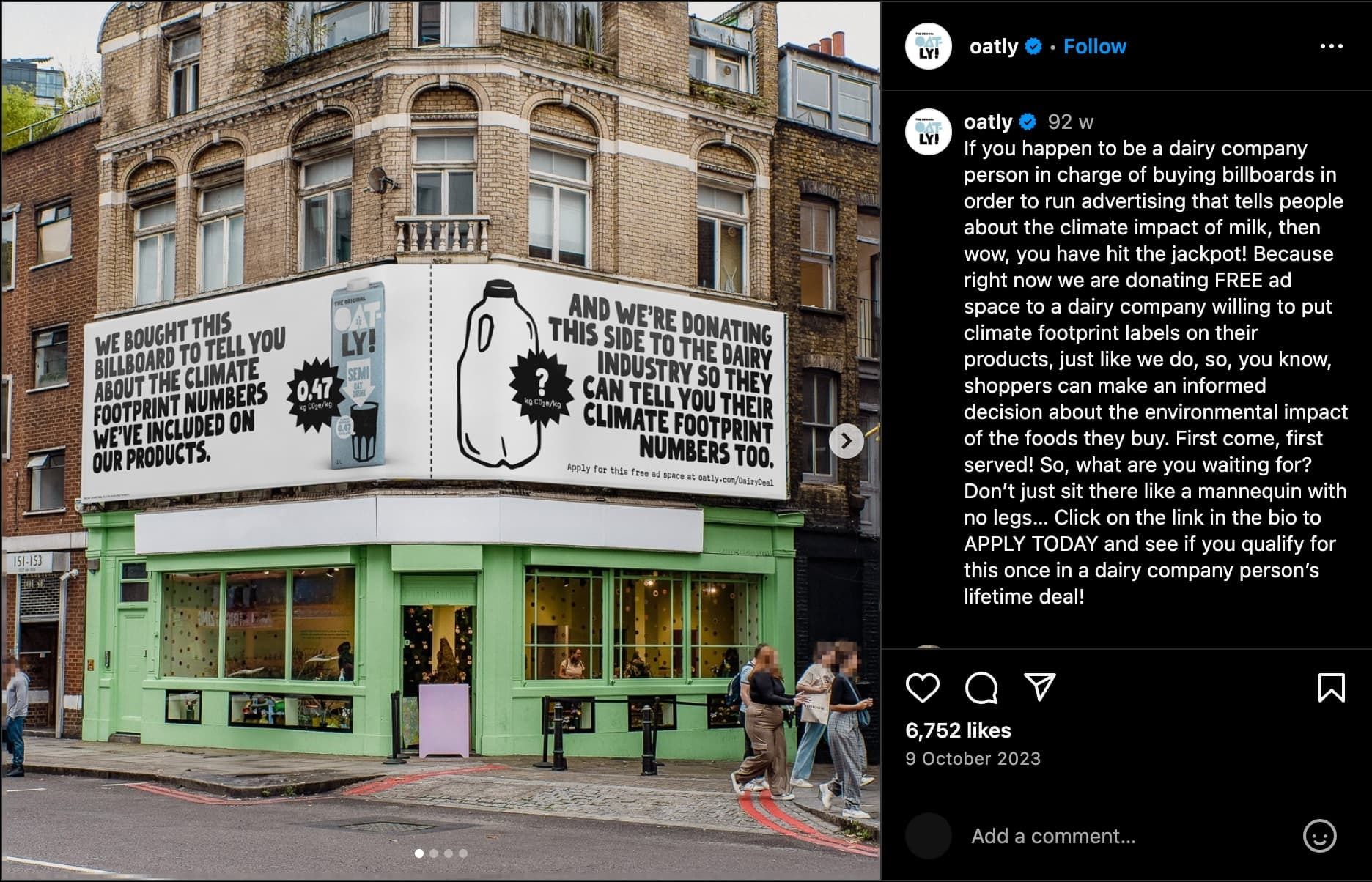
Oatly Instagram Post
There was no rigid visual template. Every post felt unexpected and fresh. The brand’s strategy: be "consistently inconsistent." Keep surprising people and never repeat the same format twice.
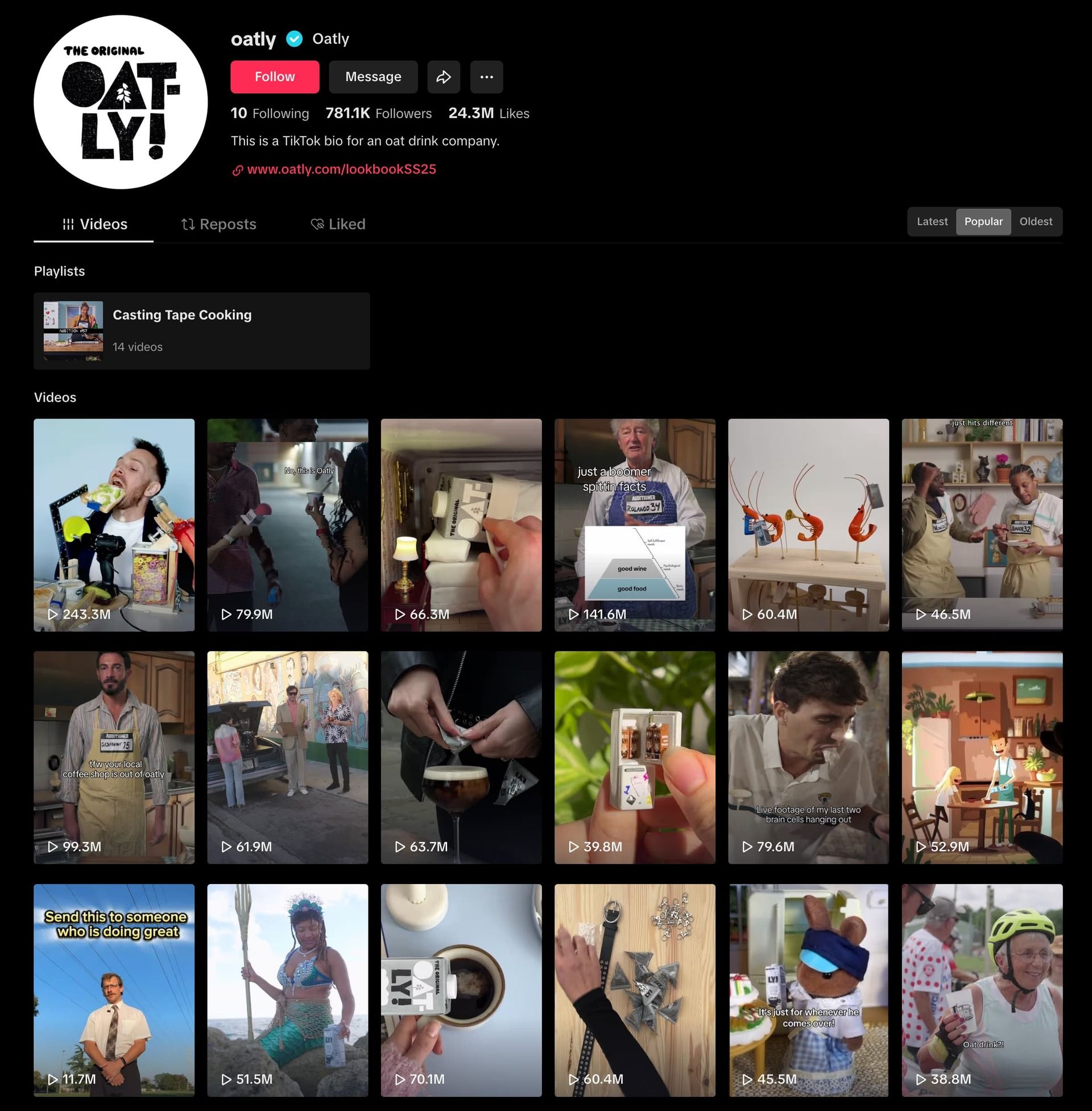
Oatly TikTok
Regional teams were given creative freedom to localize tone, which allowed Oatly to feel native and culturally tuned in across different markets. As a result, Oatly grew fast through organic shares and comments, all while spending far less on ads than competitors.
Oatly’s videos blurred the line between ads and internet comedy. The “Wow, No Cow” spot featured CEO Toni Petersson singing off-key in a field—and was intentionally awkward enough to become a meme.
Silk and Almond Breeze Played It Safe—And Lost Relevance
While Oatly made headlines, competitors stuck to conventional scripts. Silk and Almond Breeze leaned on familiar tropes: nutritional value, family imagery, and flavor comparisons.
When they tried to catch up—Silk with its “Nextmilk” campaign featuring celebrity kids, and Alpro with “This Is Not Milk”—it felt reactionary. They lacked the edge and clarity of purpose that Oatly had built into its brand DNA.
Oatly wasn’t just selling oat milk anymore. It was selling rebellion, culture, and identity.
The Marketing Delivered on Brand Hype—and Revenue
Oatly’s irreverent style didn’t just generate likes. It doubled revenue in a year—from $204 million in 2019 to $421.4 million in 2020. Its Barista Edition became the default oat milk in coffee shops across the U.S. Cafes even posted signs that read, "Sorry, out of Oatly."
By 2021, Oatly went public with a valuation of $10 billion.
Their social campaigns mobilized real action—like hundreds of thousands signing petitions around dairy labeling regulations in the EU. Despite spending less on media, Oatly outperformed competitors in engagement and cultural mindshare.
Oatly Didn’t Just Sell Milk—It Sold a Movement
Oatly’s 2020 Barista Hustle proved that creativity, humor, and guts can outmaneuver any legacy brand. It broke into culture with off-key singing, puppet shows, courtroom drama, and a whole lot of oat milk.
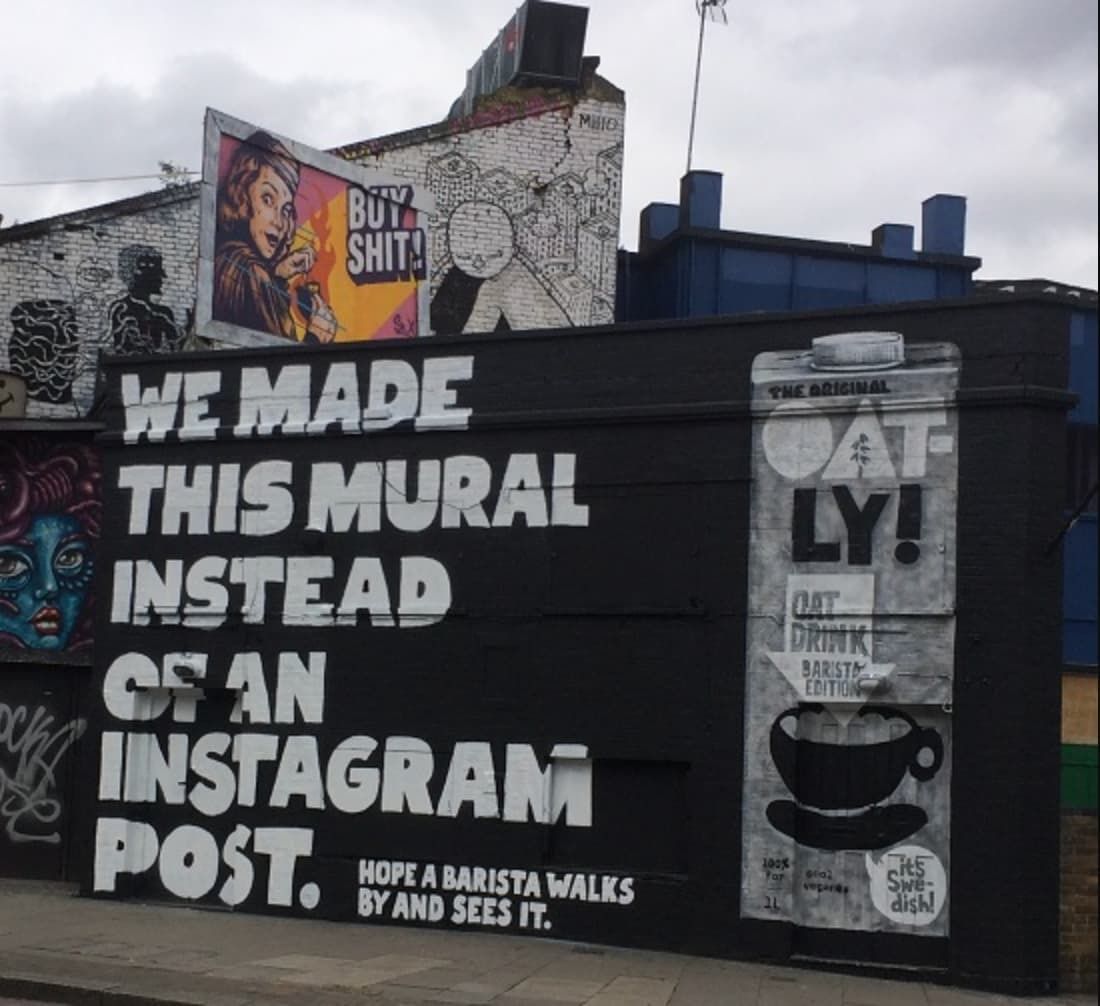
Oatly Barista
But behind the weirdness was a precise strategy: know the audience, entertain them, and make your message unforgettable.
That’s not just good marketing—it’s a blueprint for relevance in a distracted world.
Top Tweets of the day
1/
Cluely creators applying the most viral format of Turbolearn and got 117k views in just 2 days
— Murata | The Algo King (@MurataAlgoK)
1:13 PM • Jul 16, 2025
Steal what works.
2/
Contrarian move that's working out really well for one of my friends:
Shack up in a tier 2 city with a great university (Seattle, Austin, Atlanta). Hire the best from that university. Easier to hire and close, better coders than Stanford, less of a retention problem
— Jon Chu // Khosla Ventures (@heyjchu)
3:37 PM • Jul 16, 2025
Solid framework. Top 1% in low cost-of-living tier-2 cities or even countries cost much less. You get 2 for the price of 1 until AI can get you 10.
3/
Continental Arbitrage is Real.
Find a U.S trends and Bring it to Europe.
Just talked to a lady making $500k/year working 4months/year.
She spotted the Christmas Pyjamas trends in the U.S.
Launched same thing in the U.K
• Seasonal business.
• Traffic through instagram
— Ismael Diaby (@diabyismael)
1:15 PM • Jul 16, 2025
Plenty of businesses like this. There's a massive market. I've seen products where USA has plenty of new businesses (like 8Sleep or even a simple neckband earphone) that other countries don't have and sometimes their copycats suck because the pricing doesn't make sense plus not many rich people. But still huge enough to have a modest business.
Rabbit Holes
What is the LLM’s Temperature? by New Machina
How I Use Claude Code to Ship Like a Team of Five by Kieran Klaassen
After 147 failed ChatGPT prompts, I had a breakdown and accidentally discovered something by /r/ChatGPT
What’d ya think of today’s newsletter? Hit ‘reply’ and let me know.
Do me a favor and share it in your company's Slack #marketing channel.
First time? Subscribe.
Follow me on X.
Reply